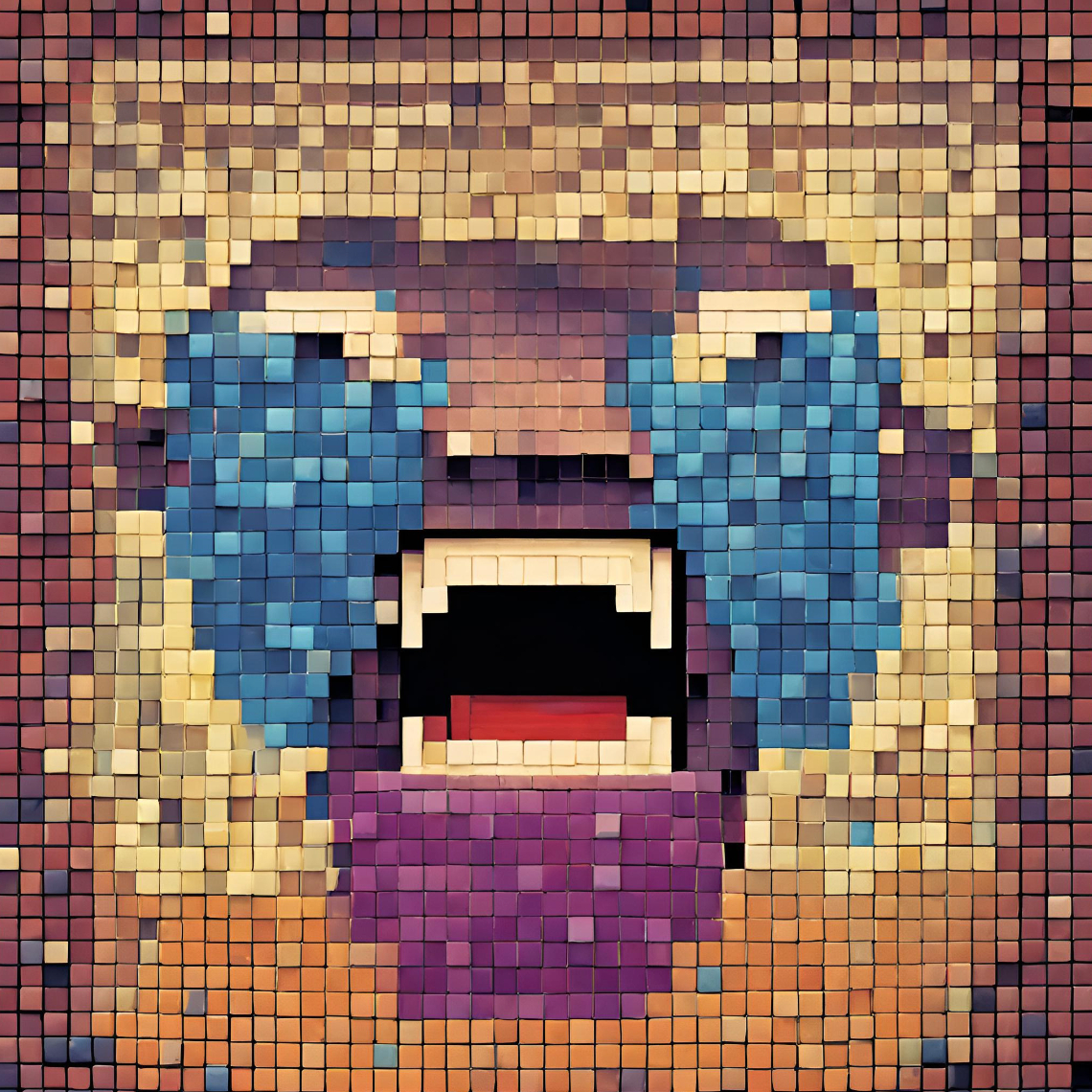Evaluating Gr-GCN++ for Node Classification Across Various Datasets: Results and Comparisons
by
December 3rd, 2024
Audio Presented by

Amplifying words and ideas to separate the ordinary from the extraordinary, making the mundane majestic.
Story's Credibility

About Author
Amplifying words and ideas to separate the ordinary from the extraordinary, making the mundane majestic.